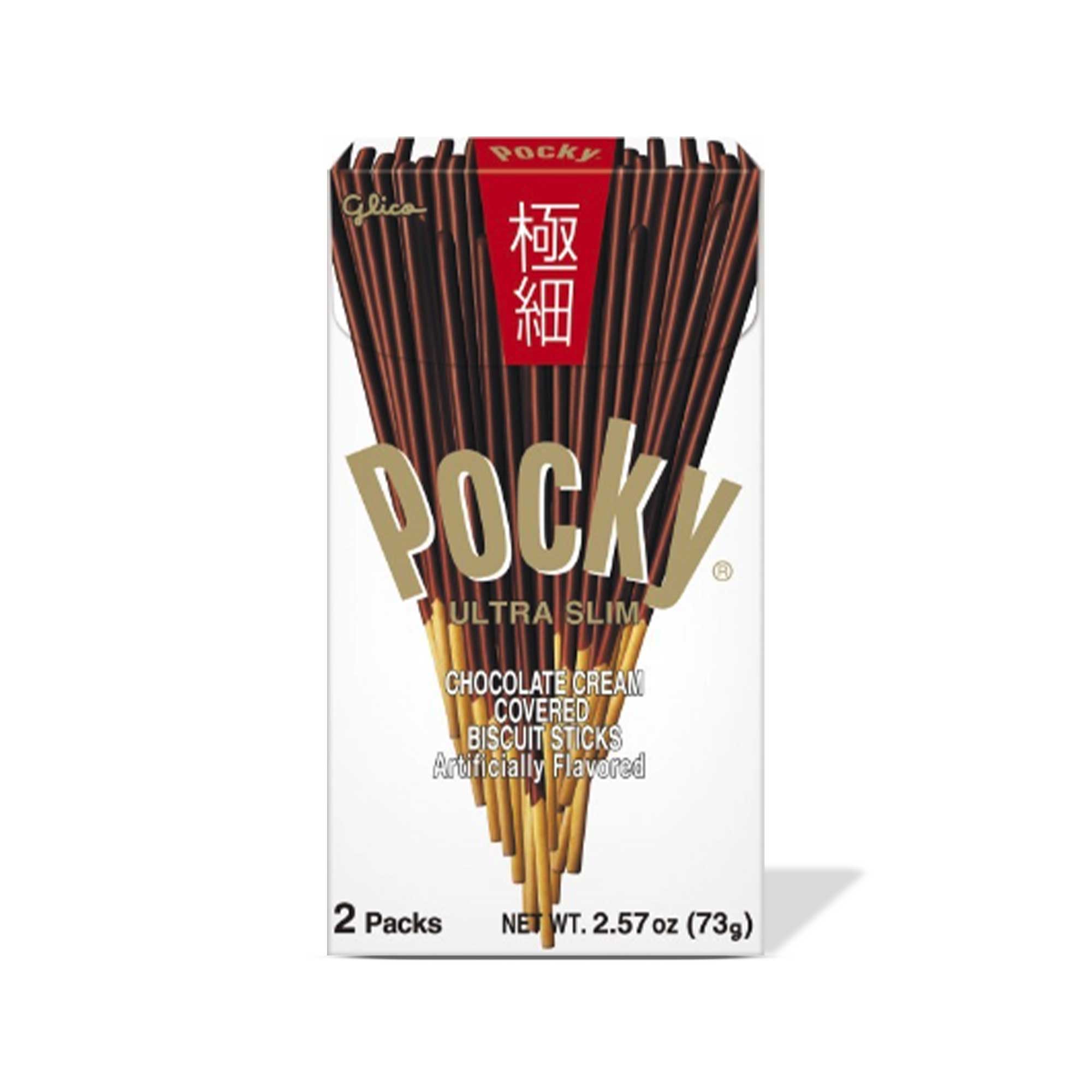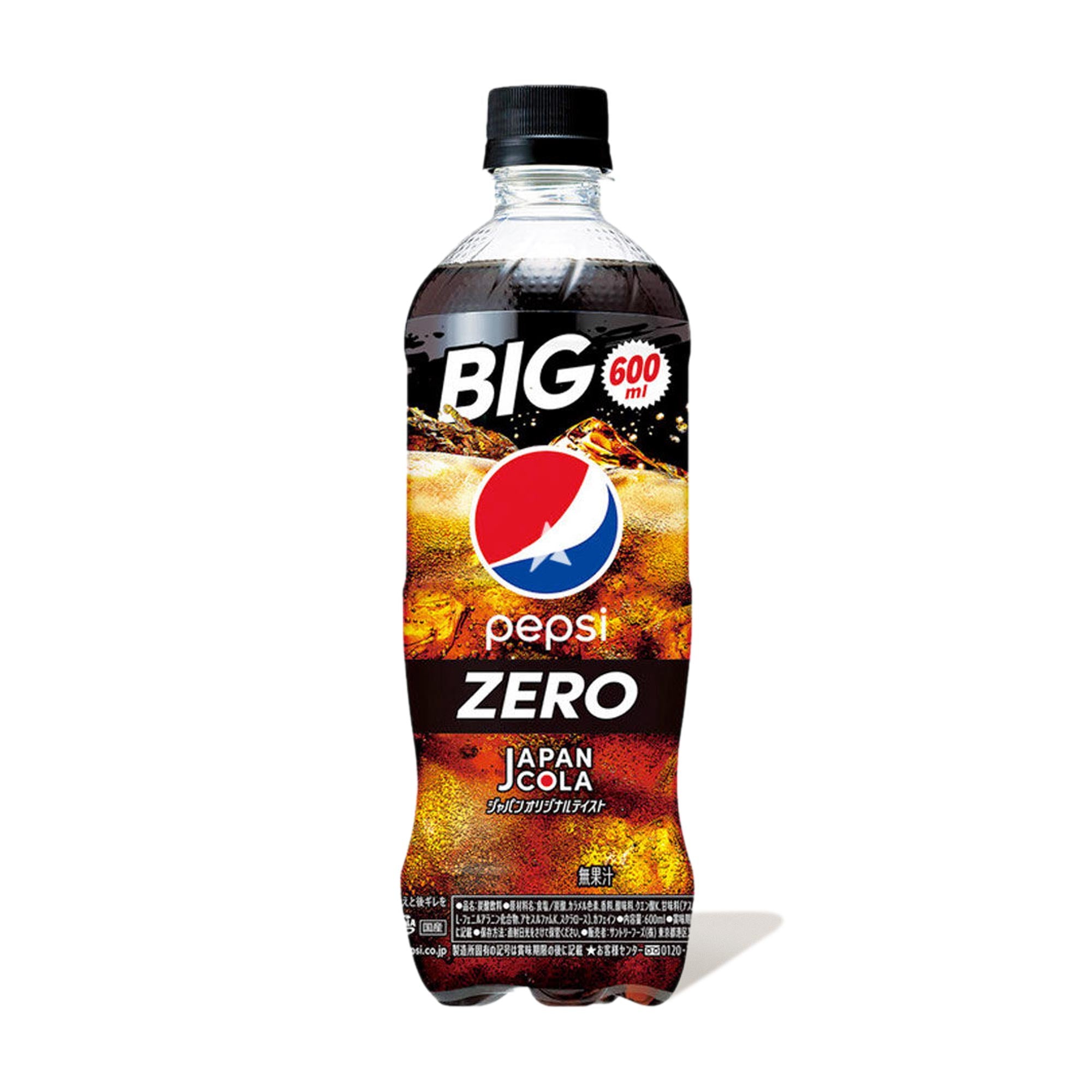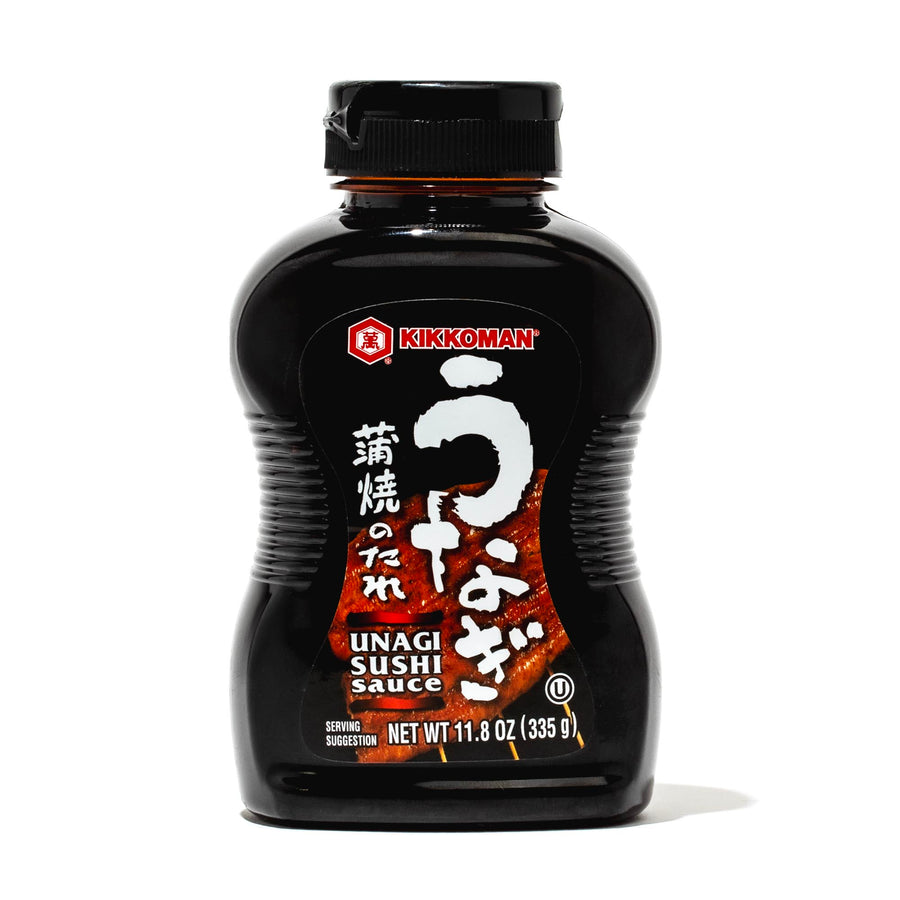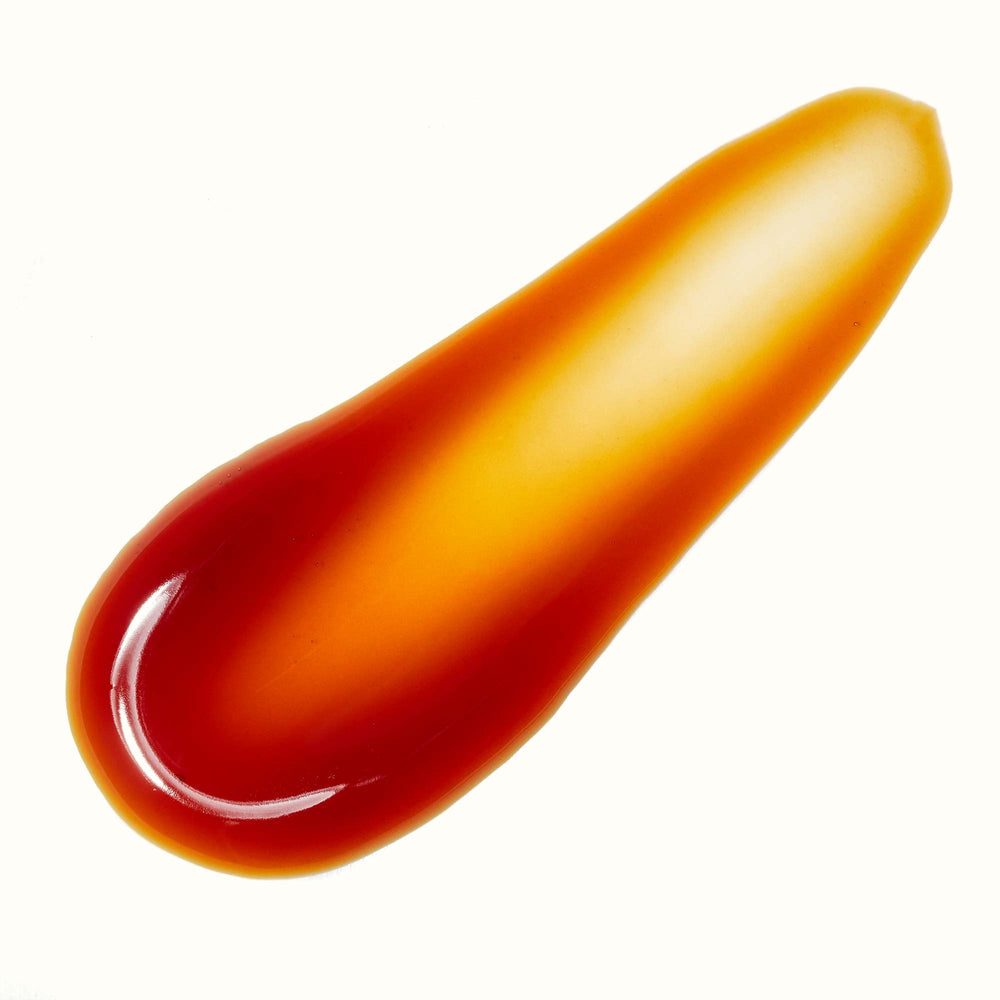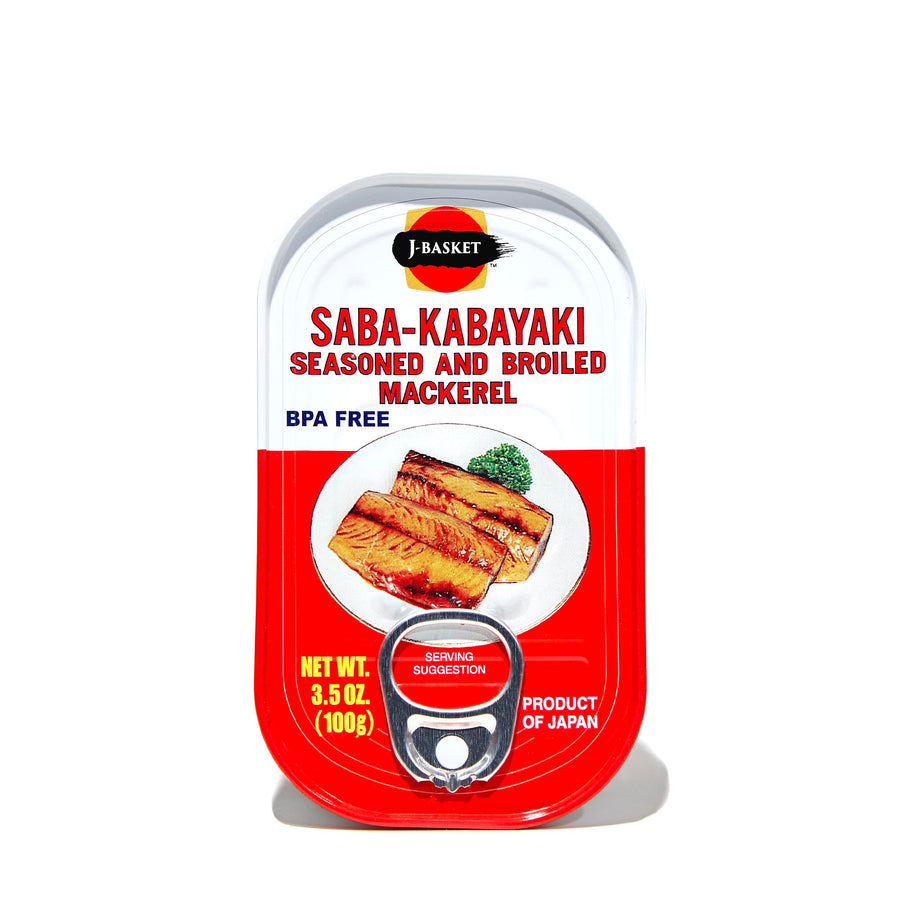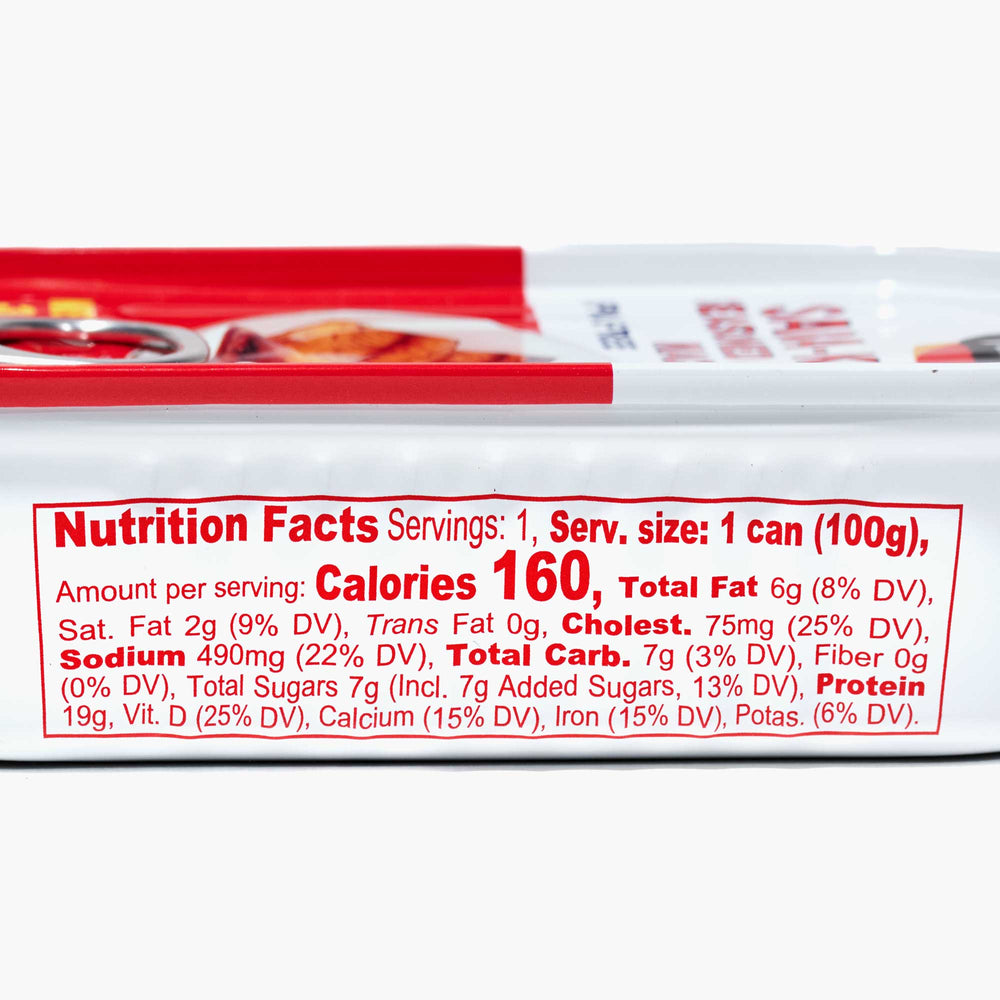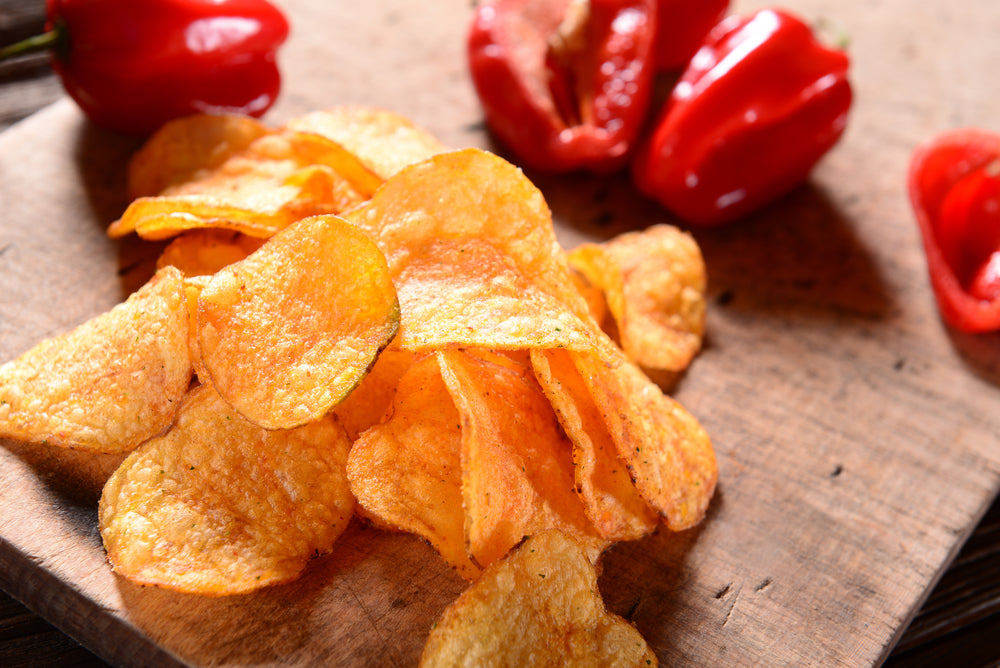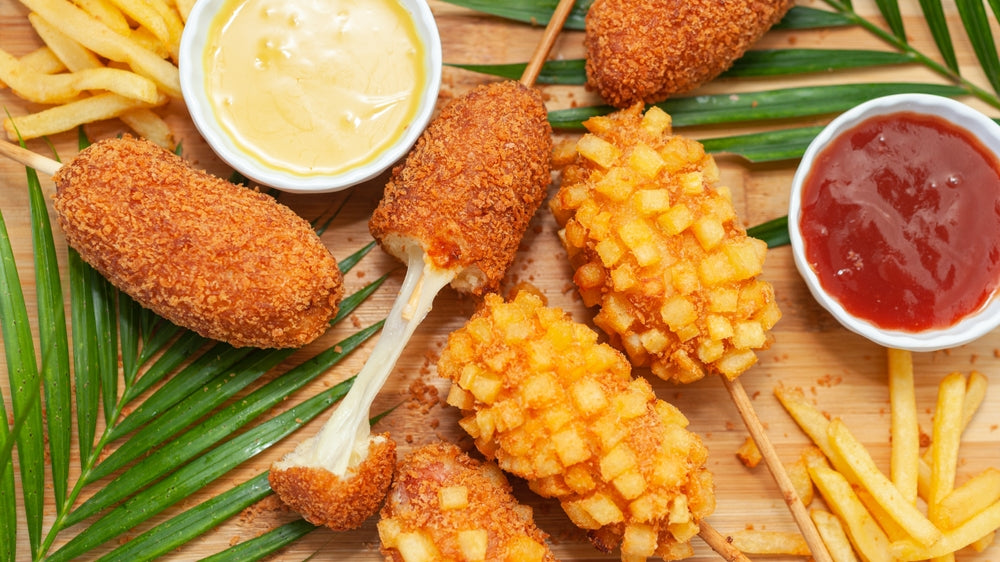What Is Kabayaki Sauce, AKA Eel Sauce?
If you're a fan of fish and Japanese food, then you've probably heard of kabayaki. If you haven't, kabayaki is a common form of fish preparation in Japan that involves butterflying, gutting, and deboning the seafood before covering the fish in a sauce glaze. Kabayaki is most commonly used to prepare unagi eel, so even if you aren't familiar with the term kabayaki, you might've heard it be referred to as eel sauce. If not, don't fret, because this post will teach you everything you need to know about kabayaki, AKA eel sauce!
What is Kabayaki?
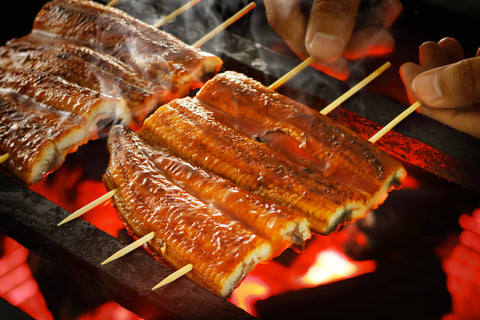
To clarify, kabayaki isn't a sauce – it's a form of seafood preparation. Fish that's being cooked kabayaki style needs to be cut down either the back or the belly so it can be gutted and rid of all its bones (this is called “butterflying”). Once the seafood has been deboned, the fish is cut into square filets, and the pieces are put on a skewer in a sweet soy sauce-based sauce before they hit the grill.
As mentioned, kabayaki is a rather common way to prepare unagi eel, but it can also be used on other long scaleless fish like catfish, loach, gunnels, pike conger, and conger eel, or anago. Anago are saltwater eels, as opposed to unagi eels, which are freshwater eels.
Kabayaki eel is very popular in the Kanto and Kansai regions of Japan. Each area has a unique method of preparing kabayaki-style grilled eel, a dish rich in vitamins (particularly A and E) and fatty acids. Kabayaki eel is often served with white rice to create unadon when used as a topping or nagayaki when used as a separate side dish. Either way, kabayaki sauce is a vital ingredient used in the preparation.
What is Kabayaki Sauce?
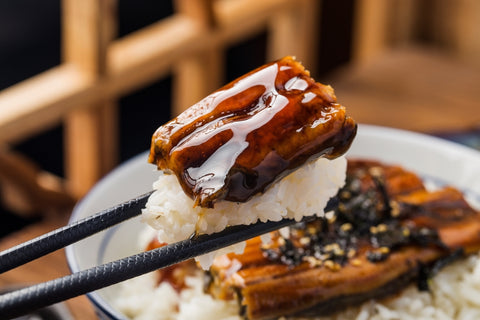
The sauce that's used in kabayaki-style cooking is a combination of soy sauce and a sweet Japanese rice wine called mirin, with a hint of additional sugar. The mirin helps give the sauce a sweet tang, while the soy sauce adds a savory, salty flavor for contrast, and the ingredients work together to create a unique umami taste. Sugar is simply a sweetener in this case, used to balance out the taste. When cooked, the kabayaki sauce (also known as unagi sauce, nitsume, or unagi no tare) gives the eel a crispy, crunchy exterior.
Simple yet packed full of umami, the sauce is an embodiment of traditional Japanese condiments. It takes just a few minutes to make and is the perfect sauce to craft when you’re busy or in a hurry but want delicious results. Based on nutrition facts, the condiment is typically low in fat and cholesterol, but it contains several key nutrients, including carbohydrate, iron, calcium, protein, and potassium. Households, restaurants, and food stalls in the country use kabayaki sauce for many other dishes besides grilled eel. It can be drizzled on other seafood, including salmon, catfish, sea bass, and gunnels. Kabayaki sauce is also a suitable seasoning for sushi when used sparingly.
The Differences Between Kabayaki and Teriyaki
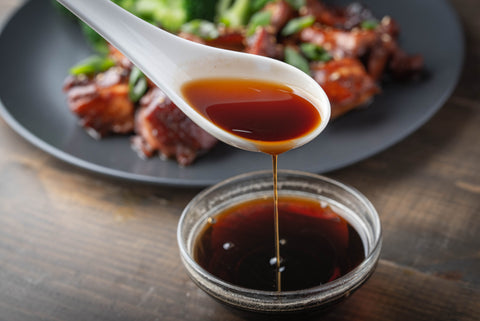
Kabayaki sauce is often compared to teriyaki sauce due to the fact that they both contain soy sauce and mirin. However, the two sauces definitely have their differences – kabayaki sticks to the three simple ingredients of mirin, soy sauce, and sugar, while teriyaki is also made with garlic, ginger, sesame, and sometimes citrus.
In summary, teriyaki sauce has a more complex flavor profile than kabayaki sauce. It also takes longer to make. Kabayaki and teriyaki sauces have even more differences in their usage, though both are used as sauce glazes before grilling. Kabayaki sauce is used for dipping scaleless fish before cooking eel and other fish, while teriyaki sauce is used for dipping meats before cooking chicken, turkey, and the likes. Teriyaki sauce is also a more versatile condiment than kabayaki sauce, finding applications in countless meat and vegetable dishes. Between the two sauces, kabayaki is typically not as dense, but that depends heavily on the ratio of the components used to cook it.
How To Make Eel Sauce
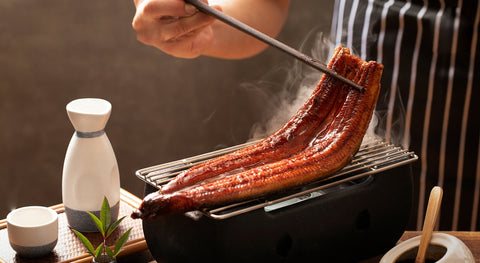
Though the entire process of kabayaki might be a little too difficult to do at home, making your own kabayaki sauce from the comfort of your own kitchen is so simple, and doesn't take much time at all. You get the chance to control its sweetness and saltiness while avoiding preservatives and additives.
To make eel sauce, all you need to do is gather 1/2 cup of soy sauce, 1/2 cup of mirin, and 1/4 cup of sugar. Then, pour all the ingredients into a saucepan and place on medium-high or medium heat until the mixture begins to boil. Simmer over low heat before removing the sauce from the stove. Let the mixture cool for a few minutes, and voilà – you have unagi sauce!
You can store the sauce for up to 3 weeks in a refrigerator. To do that, pour the sauce into an airtight container and place it in the fridge. Whenever you need it, take it out and transfer the amount you want to use into a small bowl. If you use a freezer, the sauce in the container can last for about 2 months. Please note that a foul smell or mold is a sign that the sauce has gone bad.
Eel Sauce Recipe Ideas
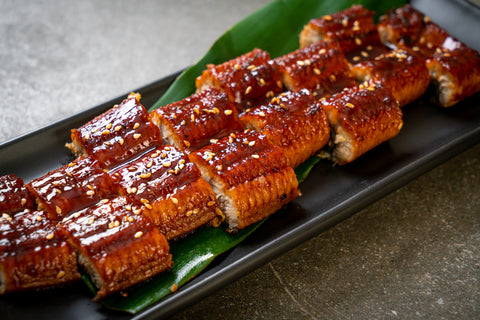
You don't need to be a fan of eel to enjoy kabayaki sauce – in fact, you don't even need to eat fish at all. If you're unsure how to incorporate eel sauce into your next meal, here are a few ideas you can try.
For starters, eel sauce can also be used on vegetables that've been skewered and prepared on the grill, just like unagi. You can also switch out the teriyaki sauce in your chicken teriyaki since they are so similar, or use it in place of hoisin sauce in your next noodle dish.
Unagi sauce also makes for a great steak marinade, but if you want to step a little further outside your comfort zone, you can try drizzling eel sauce on your pizza, or use it in your next BBQ dish instead of barbecue sauce. If you’re feeling even more creative, you can use eel sauce as an ingredient for cooking turkey lettuce wraps.
Eel Sauce Tips
Before you start adding eel sauce to everything, you should know that it only lasts for about three weeks in the fridge, so make sure to use it all up as fast as possible. For an authentic taste, use Japanese soy sauce instead of Chinese, Thai, or Korean variants. Also, if you'd prefer to use a gluten-free alternative to your soy sauce, tamari makes for a great substitute. And if you can't get your hands on mirin, your next best option should be aji-mirin, which is a delicious condiment that is designed to taste like Japanese rice wine. And remember to always use high-quality ingredients and products.
If you want to try kabayaki before making it at home, be sure to grab a pack of J-Basket Saba Kabayaki, which comes with broiled mackerel coated in eel sauce. It tastes fantastic as a sushi pairing and as a topping for hot rice. We also recommend Iwate Sanma Kabayaki, which features the same unagi sauce, this time on a saury fish. Both products are fresh and available online at Bokksu Market today!
Author Bio


